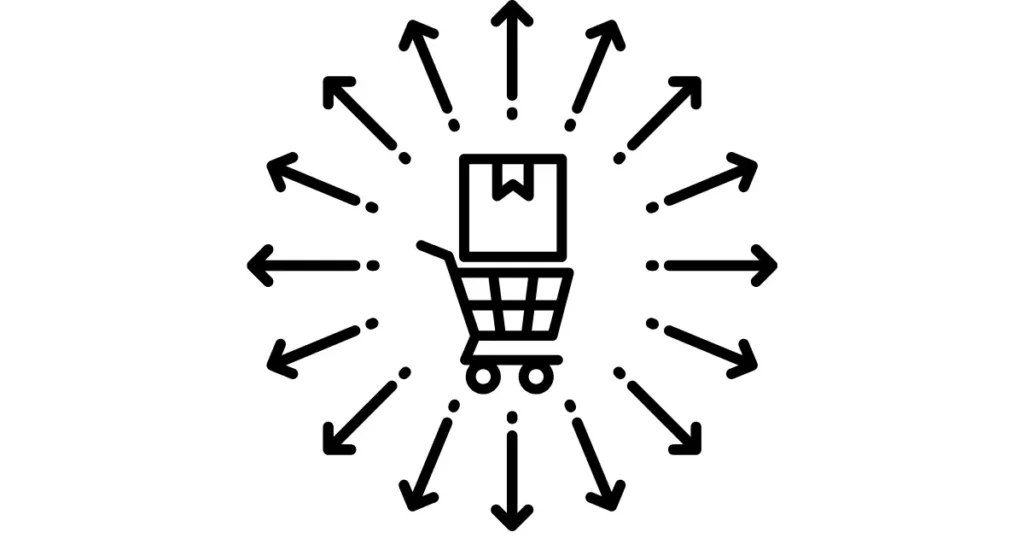Many POD platforms have no upfront costs, as the production and shipping are handled on-demand. However, there may be minimal costs for designing tools or marketing.
The ability to scale is somewhat limited by the user’s marketing efforts. While the model can grow, it requires significant promotion to reach more customers.
After initial setup, there is passive income potential, but continuous marketing is required to keep sales flowing.
The POD market is growing, especially with trends like custom apparel. However, it is still somewhat niche and depends on finding the right target audience.
Competition is moderate to high, especially on popular platforms like Etsy and Redbubble, where many creators are selling similar products.
Income is not instantaneous. It may take time to create designs, upload them, and generate traffic.
Long-term stability can be affected by platform changes or shifts in consumer preferences, but POD remains a relatively low-risk business model.
While there is no financial risk if done properly, the time and effort spent without sales may result in wasted resources.
Newcomers can enter the POD market easily, but they may face challenges in standing out due to the competition. The potential is high if they can target the right audience and marketing strategies.
The POD business is adaptable to changes, but it is still subject to trends and platform rules.
POD services are generally available worldwide, although some platforms may have restrictions on certain regions.
Basic design skills and marketing knowledge are useful, but no advanced skills are necessary to get started.
Most POD platforms offer easy payment processing through major methods, though some may have withdrawal limits or fees.
Earning money requires significant effort in promoting designs, as making sales is not guaranteed without active marketing.
